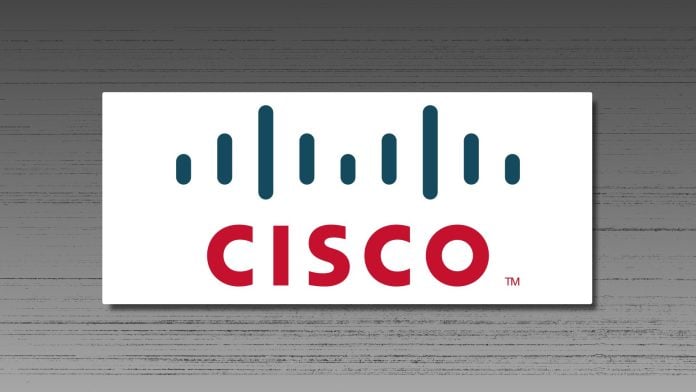Cisco has taken a significant step forward in responding to the increasing demands of artificial intelligence (AI) networking with the launch of the Cisco 8223 routing system. Tailored for small businesses that rely on robust data infrastructure, this system promises to redefine how organizations connect their data centers to handle AI workloads efficiently and securely.
With AI adoption accelerating across various sectors, the new Cisco 8223 delivers an impressive bandwidth capacity of 51.2 terabits per second (Tbps), positioning itself as an industry leader. This routing system is poised to address the escalating requirements for power efficiency and scalability that businesses face when managing large volumes of data.
Martin Lund, Executive Vice President of Cisco’s Common Hardware Group, emphasizes the need for such innovation: “AI compute is outgrowing the capacity of even the largest data center, driving the need for reliable, secure connection of data centers hundreds of miles apart.” This addresses a core challenge for small and large businesses alike, where performance bottlenecks can lead to lost revenue and operational inefficiencies.
Small business owners might find the Cisco 8223 particularly relevant as it allows organizations to scale their operations without incurring prohibitive costs. The system’s deep-buffer routing capabilities ensure that spikes in AI traffic can be managed, allowing for smooth operation during critical processing periods. As businesses look to incorporate AI into their workflows, having network infrastructure that can support these demands is critical.
Key benefits extend beyond sheer performance. The Cisco 8223 is designed for power efficiency, tackling the contemporary challenges of energy consumption that are often overlooked. For small businesses that are already feeling the squeeze of rising operational costs, adopting a solution that offers both space-saving and energy-efficient features can result in significant long-term savings. The system is reported to be optimized for fixed deployments, making it more agile and responsive to fluctuating business needs.
Programmability represents another attractive feature of the Cisco 8223. The system is capable of adapting to emerging network protocols and standards, mitigating the need for costly hardware upgrades as technological demands evolve. This is particularly salient for small business owners who may be wary of investing in infrastructure that could soon be outdated or require further investment to remain competitive.
However, while the advantages are clear, small business owners should also be mindful of potential challenges. Transitioning to new technology can be daunting. Organizations must consider the training required for staff to manage and leverage the capabilities of the Cisco 8223 fully. Furthermore, unless careful planning is in place, the initial investment could strain resources, especially for smaller enterprises with limited budgets.
Leading industry figures have already noted the positive implications of Cisco’s innovations. For instance, Dave Maltz, a Technical Fellow at Microsoft, hailed the P200 chip as a significant advancement: “The increasing scale of the cloud and AI requires faster networks with more buffering to absorb bursts.” This sentiment is echoed by other major players, including Alibaba Cloud and Lumen, who are eager to integrate Cisco’s latest technology into their infrastructure developments.
As the AI landscape continues to evolve at a rapid pace, small businesses actively exploring these technologies can find themselves at a competitive advantage. By leveraging scalable, secure, and efficient networking solutions like the Cisco 8223, they can optimize their operations and prepare for future growth.
For further details, you can read the full press release on Cisco’s newsroom here.
Image Via BizSugar



